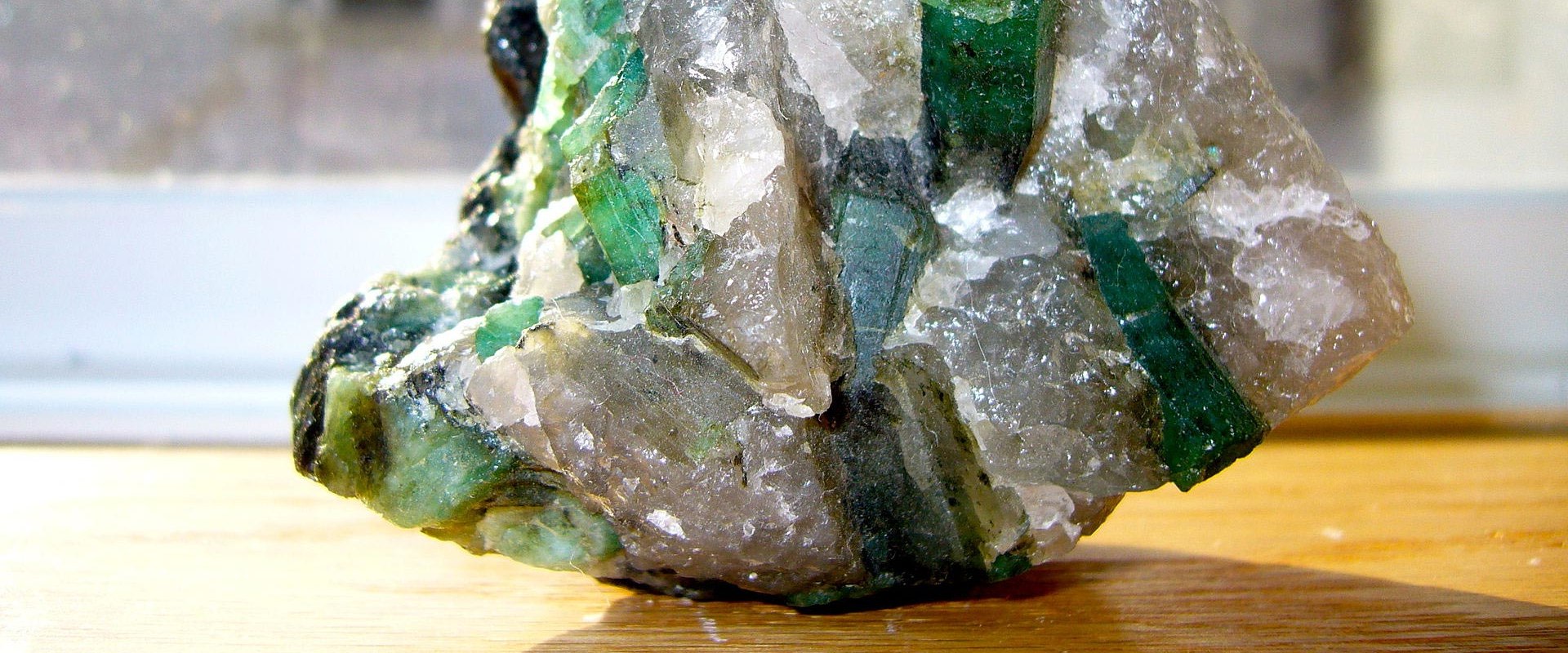Estimates suggest that quartz crystallization occurs on time scales of varying lengths. In igneous rocks, quartz forms as magma cools, similar to how water turns into ice. Slow cooling usually allows crystals to grow larger. Crystals can also form in an element called carbon, but the process is the same: atoms come together and form a uniform cluster.
This process can take anywhere from a few days to a thousand years. Natural crystals that come from Earth form when the Earth's liquid consolidates and the temperature cools. Other crystals form when liquid crosses crevices and dispenses minerals to the crevices. Quartz exists in two forms: normal alpha quartz and high-temperature beta quartz, both of which are chiral.
The transformation from alpha quartz to beta quartz occurs abruptly at 573 °C (846 K; 1063 °F). Since the transformation is accompanied by a significant change in volume, it can easily induce microfracturing of ceramics or rocks that pass this temperature threshold. Quartz is made up of two abundant materials found on Earth: silicon and oxygen. Quartz crystals often do not grow continuously, but in short phases.
This pulsatile growth is sometimes explained by tectonic activity, which causes a sudden rise of the host rock and a relatively rapid drop in pressure. If you're just starting out with crystals, clear quartz is always a good choice. The formation of new crystals is not inhibited as such, but under conditions of slow growth, larger crystals are favored. Quartz crystals in igneous rocks occasionally show an onion-like internal structure, indicating a pulsating addition of outer layers to the crystals.
The most important distinction between types of quartz is the macrocrystalline variety (individual crystals visible to the naked eye) and the microcrystalline or cryptocrystalline variety (aggregates of crystals visible only at high magnifications). Because they are usually the last to form and simply fill the remaining gaps in the rock, ideally shaped quartz crystals are rarely seen in a granite, whereas well-formed feldspar crystals can often be found. Pure quartz, traditionally called rock crystal or transparent quartz, is colorless and transparent or translucent, and has often been used for hard stone carvings, such as Lothair crystal. Quartz belongs to the tritonal crystal system at room temperature and to the hexagonal crystal system above 573 °C (846 K; 1063 °F).
Molecules tend to withdraw from the edges of crystals, and the relationship between the number of edges and the total volume of the crystal does not favor small crystals. The color of quartz crystals is due to impurities found in rocks or sand around the crystalline formation.
